Introduction
House training your dog is essential for a happy home. It helps prevent indoor accidents and strengthens your bond with your furry friend. However, many dog owners face challenges during this process. This article aims to equip you with effective strategies for successful house training, making the experience smoother for both you and your pup.
Speaking of making things smoother, consider investing in a PetSafe ScoopFree Ultra Self-Cleaning Cat Litter Box. Not only does it save you from the hassle of daily cleaning, but it also keeps your home smelling fresh. Imagine never having to scoop again! That’s a game-changer for any cat owner.
Summary and Overview
Proper house training is crucial for a harmonious relationship between you and your dog. It sets the foundation for good behavior and helps prevent frustration. Common methods include crate training, scheduled potty breaks, and positive reinforcement. Consistency, patience, and encouragement are vital throughout the training process. Challenges may arise, such as accidents or stubborn behavior, but remember that house training is a skill both you and your dog can learn together. With dedication, your pup will soon understand where to go, paving the way for a clean and enjoyable living environment.
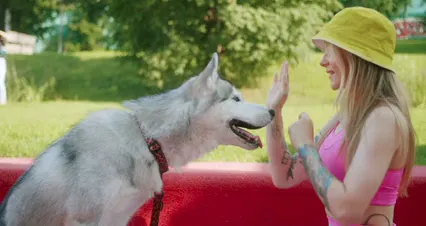
To make house training even easier, consider using AmazonBasics Dog Crate. It provides a safe, comfortable space for your dog, helping them learn to hold it until they get outside. Plus, it doubles as a personal den for your pup!
Understanding Dog Behavior
Why House Training is Essential
House training is crucial for many reasons. First, if not trained properly, your dog might develop bad habits. This can lead to indoor accidents, which are frustrating for both of you. Imagine coming home to a mess after a long day. It’s frustrating, right?
Dogs have natural instincts that drive their behavior. They prefer to eliminate in specific areas, often outside. By giving your dog a designated toilet area, you fulfill this instinct. It also helps them learn where it’s acceptable to go. Dogs communicate their needs in various ways, such as whining or pacing. Observing these signals is key to understanding their needs.
Establishing a consistent routine is vital. Regular bathroom breaks help your dog associate certain times with the chance to go. This routine builds their confidence and reduces the likelihood of accidents. And if you’re ever worried about keeping your house clean, don’t forget about Nature’s Miracle Advanced Stain and Odor Eliminator, a lifesaver for those little accidents!
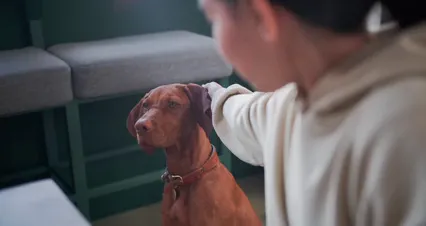
Recognizing Signs Your Dog Needs to Go
Recognizing when your dog needs to relieve itself is essential for successful training. Watch for common signs like sniffing, circling, or suddenly becoming restless. These behaviors often indicate they need to go outside.
Timing also plays a crucial role. Dogs often need to eliminate after meals, playtime, or waking up. If you notice these signs, respond quickly by taking them outside. This reinforces their understanding of where they should go. Being attentive during this training phase will make a big difference!
Effective House Training Techniques
Crate Training: A Valuable Tool
Crate training is an effective method for house training your dog. It utilizes your dog’s natural instincts to keep their sleeping area clean. A well-chosen crate serves as a safe and comfortable space for your furry friend. You can learn more about this method in our article on how to create a dog friendly space for stress free crate training.
When selecting a crate, size matters. Your dog should be able to stand, turn around, and lie down comfortably. If the crate is too large, they might use one corner as a bathroom. For those who want an optimal crate option, check out the Midwest Homes for Pets Dog Crate, designed with your dog’s comfort in mind!
To prevent accidents, use the crate wisely. When your dog is inside, they are less likely to relieve themselves. Make the crate a positive space by adding cozy bedding and toys. You can also feed your dog in the crate to create a positive association.
This approach not only keeps your home clean but also builds trust between you and your pet. With patience and consistency, your dog will learn to love their crate.
Establishing a Routine
Creating a consistent schedule is essential for successful house training. Dogs thrive on routine, and knowing when to expect potty breaks can help them learn.
Start by taking your dog out first thing in the morning and before bedtime. Schedule potty breaks after meals, playtime, and naps. This helps your dog associate these activities with the need to eliminate.
Feeding times play a crucial role too. By feeding your dog at the same time each day, you can better predict when they’ll need to go outside. And for those messy moments, don’t forget to stock up on AmazonBasics Pet Training Pads for easy cleanup!
Different ages and breeds may require adjustments. Puppies, for example, may need more frequent breaks than adult dogs. By being attentive and adapting your schedule, you’ll set your dog up for success in their house training journey.
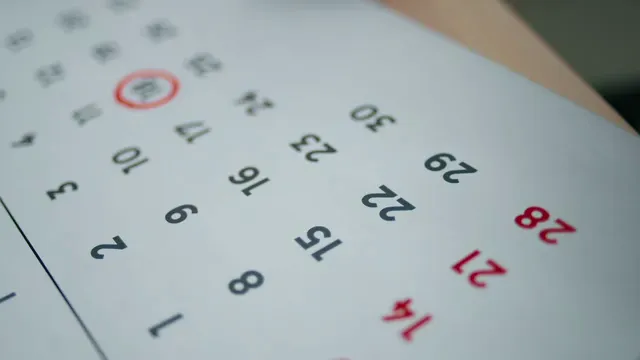
Positive Reinforcement Strategies
Using positive reinforcement is an effective way to encourage desired behaviors in your dog. When your pup goes outside to relieve themselves, rewarding them immediately is crucial. This helps them associate going outside with something positive. For more insights on this, check out our guide on effective positive reinforcement techniques for stubborn dogs.
What types of rewards can you use? Treats are a classic choice! Small, tasty treats can motivate your dog. Speaking of treats, try Greenies Original Dental Treats for Dogs for a tasty and healthy reward!
Praise is equally important—enthusiastic verbal approval can boost their confidence. Playtime can also serve as a fun reward. After your dog does their business, engage them in a short game to reinforce the behavior.
Timing is key with rewards. Always reward your dog immediately after they eliminate outside. Delayed rewards may confuse them. If you wait too long, they’ll struggle to connect the behavior with the reward.
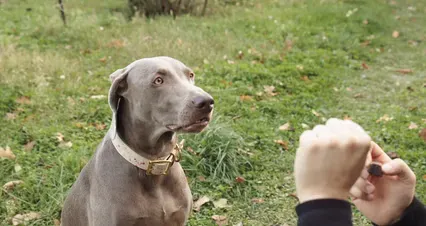
Handling Accidents: What to Do
Accidents are a normal part of house training. If your dog has an accident indoors, it’s crucial to handle it calmly and effectively. First, avoid punishing your dog. Scolding them after the fact can lead to confusion and fear.
Instead, clean the area thoroughly. Use enzymatic cleaners that break down the odor. This helps eliminate any lingering scents that might encourage repeat behavior. Consider using Rocco & Roxie Supply Co. Professional Strength Stain & Odor Eliminator for a powerful clean!
If you catch your dog in the act, calmly interrupt them with a sound, and guide them outside to their designated bathroom area. Praise them if they finish outside. It’s important to remember that accidents are part of the learning process. With patience and consistency, your dog will learn the appropriate places to relieve themselves.
Troubleshooting Common House Training Problems
Dealing with Setbacks
Setbacks in house training can be frustrating. Understanding potential causes can help you address issues effectively. One common reason is separation anxiety. Dogs with this condition may feel distressed when left alone, leading to accidents indoors. Signs of separation anxiety include excessive barking, destructive behavior, and inappropriate elimination. For more information, read our post on Understanding and treating canine separation anxiety.
To help reduce accidents during anxiety episodes, create a calming environment. Consider using calming sprays, anxiety wraps, or soothing music. A product like the ThunderShirt Classic Dog Anxiety Jacket can provide comfort during stressful times.
If your dog continues to struggle, seeking professional help might be necessary. Trainers or behaviorists can offer tailored strategies to address anxiety and improve training success.
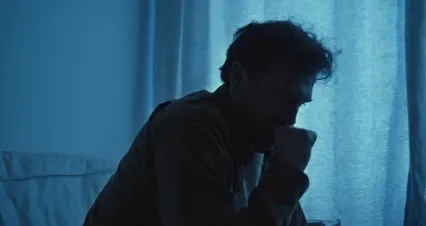
Transitioning from Puppy Pads
Transitioning from puppy pads to outdoor elimination can be challenging. The first step is timing. Begin this process when your puppy has a consistent routine for outdoor elimination.
Gradually reduce the use of puppy pads. Start by moving the pad closer to the door and eventually outside. This helps your dog associate going outside with relieving themselves.
Reinforcing outdoor elimination is crucial. Every time your pup goes outside, reward them with treats and praise. This positive reinforcement encourages them to eliminate outdoors. By the way, if you’re looking for delicious, training-friendly treats, check out Zuke’s Mini Naturals Dog Treats—perfect for training sessions!
Be patient and consistent during this transition, as it may take time for your dog to adjust fully.
Conclusion
Successful house training involves understanding your dog’s needs and behaviors. Remember to stay patient and consistent throughout the training journey. It’s essential to create a supportive environment for your dog. This training is a partnership, and with time, your furry friend will learn the appropriate places to eliminate. Together, you can achieve a clean and harmonious home. For tips on creating a supportive environment, check out our article on how to create a harmonious home for dogs and new family members.
And as a final thought, if you’re looking to pamper your pup, consider the PetFusion Ultimate Dog Bed. It’s not just a bed—it’s a cloud for your dog to dream on!
Please let us know what you think about our content by leaving a comment down below!
Thank you for reading till here 🙂
All images from Pexels





